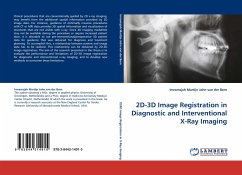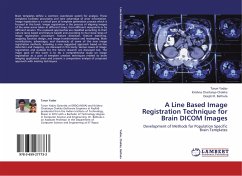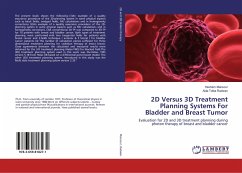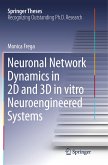Clinical procedures that are conventionally guided by 2D x-ray imaging, may benefit from the additional spatial information provided by 3D image data. For instance, guidance of minimally invasive procedures with CT or MRI data provides 3D spatial information and visualization of structures that are not visible with x-ray. Since 3D imaging modalities may not be available during the procedure or require increased patient dose, it is desirable to use pre-interventional/preoperative 3D patient data for guidance that was obtained for diagnosis and treatment planning. To accomplish this, a relationship between patient and image data has to be realized. This relationship can be obtained by 2D-3D image registration. The aim of the research presented in this thesis is to evaluate the performance and limitations of 2D-3D image registration for diagnostic and interventional x-ray imaging, and to develop new methods to overcome these limitations.
Bitte wählen Sie Ihr Anliegen aus.
Rechnungen
Retourenschein anfordern
Bestellstatus
Storno








